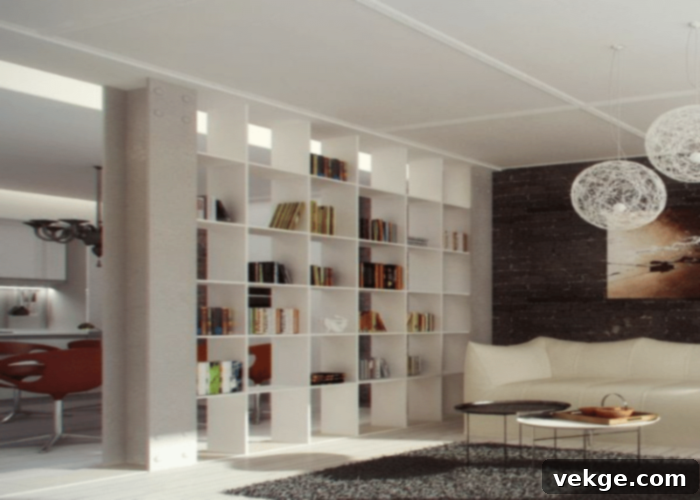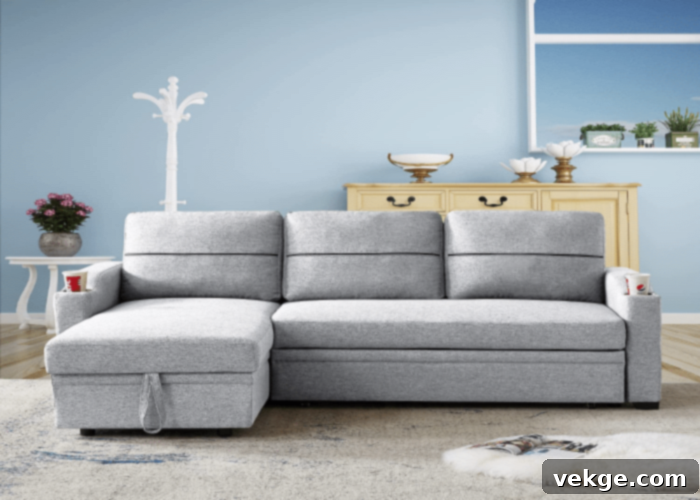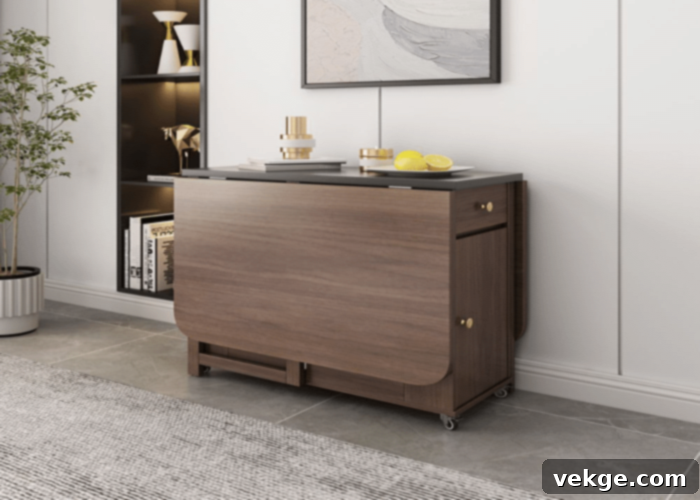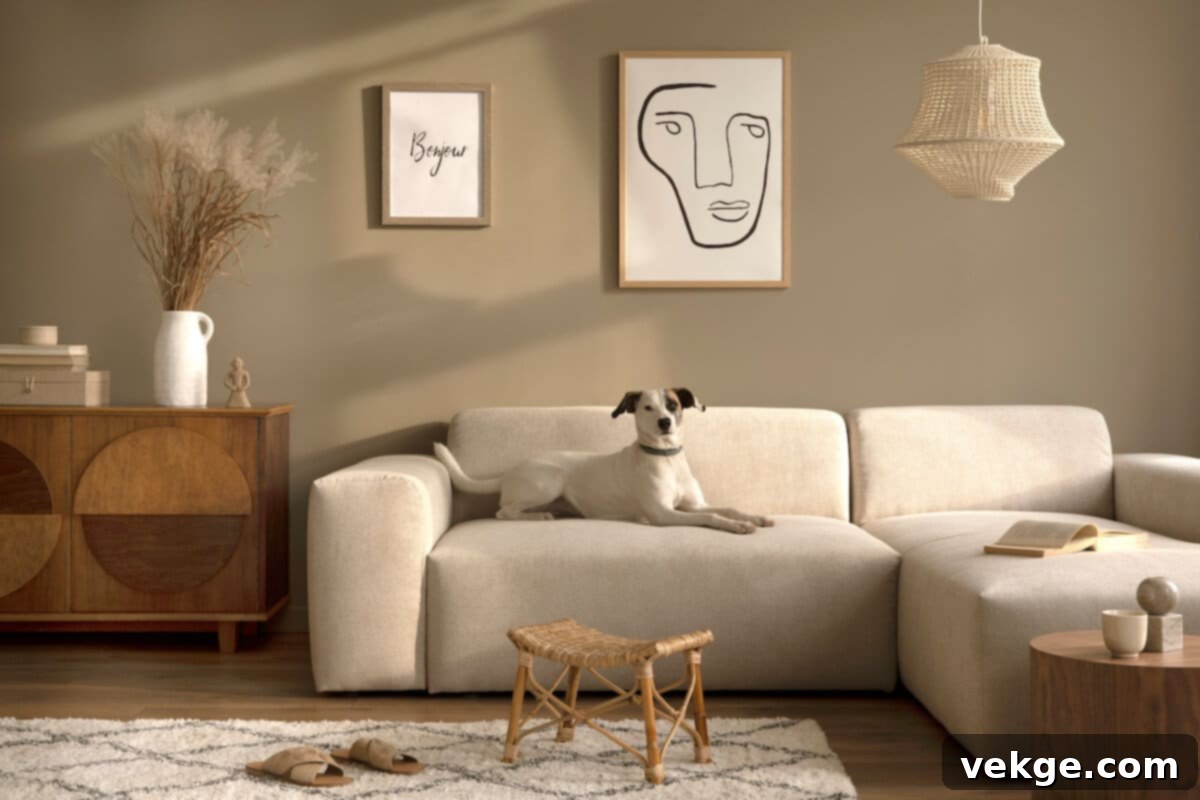Unlock Space & Savings: The Ultimate Guide to DIY Multifunctional Furniture for Small Homes
In today’s increasingly urbanized world, living spaces are often at a premium. Small apartments, compact homes, and minimalist lifestyles have driven a surge in the popularity of multifunctional furniture. These ingenious pieces are designed to serve multiple purposes, offering unparalleled ease and convenience, especially when every square inch counts. However, the pursuit of high-quality, sturdy, and aesthetically pleasing multifunctional furniture can quickly inflate your budget. Conversely, cheaper alternatives frequently disappoint in terms of durability and design, leaving homeowners frustrated.
This comprehensive guide delves into the exciting world of DIY multifunctional furniture. We’ll explore whether building your own furnishings is a viable option for you, present a myriad of inspiring ideas to help you get started, and highlight the numerous advantages you can gain by embracing the do-it-yourself approach. Prepare to transform your small space with smart, custom-built solutions that reflect your personal style and meet your unique needs, all while potentially saving a significant amount of money.
Advantages of Making DIY Multifunctional Furniture
Choosing the DIY route for your home furnishings extends far beyond just assembling pieces; it offers a wealth of benefits that enhance your living environment, your skills, and even your financial well-being. While the idea of creating your own multifunctional furniture might seem daunting without prior experience, the rewards are truly substantial. Engaging in such projects not only equips you with valuable life skills but also empowers you to create truly unique and effective solutions for your home. Here are some compelling advantages you can reap when you decide to DIY your multifunctional furniture:
1. Unbeatable Cost Efficiency
One of the primary motivations for embarking on a DIY furniture project is the potential for significant cost savings. Store-bought multifunctional furniture, particularly pieces designed for optimal space utilization and durability, often comes with a hefty price tag. When you DIY, your expenses are primarily limited to acquiring materials. Furthermore, you have the flexibility to source refurbished, reclaimed, or raw materials, which can drastically reduce costs while simultaneously promoting sustainability. Imagine creating a bespoke piece for a fraction of the retail price, investing only in wood, hardware, and finishes, rather than the overheads of manufacturing, marketing, and retail markups. This approach allows you to stretch your budget further, freeing up funds for other home improvements or necessities.
2. Unlimited Customization and Personalized Design
Perhaps the most appealing aspect of DIYing your multifunctional furniture is the unparalleled freedom to customize every detail. Unlike mass-produced items, which often force you to compromise on size, color, material, or specific functionality, building your own allows for perfect alignment with your unique preferences and the exact dimensions of your living space. You can design and create furnishings that seamlessly integrate with your existing decor, perfectly fit an awkward nook, or incorporate a specific feature that isn’t available on the market. This level of customization ensures that your furniture isn’t just functional but also a true reflection of your personal style and practical needs, making your home truly one-of-a-kind.
3. Significant Skill Enhancement and Personal Growth
Every DIY project serves as an opportunity for learning and growth. As you construct your own furniture, you’ll naturally enhance a variety of practical skills, from woodworking and measuring to problem-solving and planning. Each successful build deepens your craftsmanship, sharpens your attention to detail, and expands your understanding of materials and construction techniques. Beyond the tangible skills, DIY projects foster creativity, patience, and a sense of accomplishment. Overcoming challenges during the build process strengthens your problem-solving abilities and instills a profound sense of pride in your creations, making you more self-reliant and confident in tackling future projects.
4. Superior Quality and Durability Control
When you purchase furniture from a retail store, you’re often left guessing about the quality of the internal components and the craftsmanship. With DIY, you are in complete control of the materials and construction methods. You can choose high-grade wood, robust hardware, and strong joinery techniques that ensure your multifunctional pieces are built to last. This hands-on approach allows you to scrutinize every step of the process, guaranteeing a level of durability that often surpasses commercially available options, especially at a comparable price point. Investing your time and effort means you build something not just for now, but for years to come, knowing exactly what went into its making.
5. Environmental Sustainability and Eco-Conscious Choices
DIY furniture building presents a fantastic opportunity to embrace sustainability. By opting for reclaimed wood, upcycled materials from old furniture, or ethically sourced raw materials, you can significantly reduce your environmental footprint. This approach minimizes waste, decreases demand for new resources, and gives new life to discarded items. Not only is this beneficial for the planet, but it also allows you to create pieces with unique character and a story. Choosing eco-friendly finishes and glues further contributes to a healthier home environment, making your DIY projects a win for both your space and the Earth.
DIY Ideas to Build Your Multifunctional Furniture for Smart Living
Living in a small apartment or a compact home undeniably highlights the critical importance of optimizing every inch of floor space. The challenge of arranging furniture without cluttering the area or making it feel stuffy is a common dilemma for many homeowners. While expensive, store-bought multifunctional furniture offers solutions, it’s often out of budget, and concerns about durability can linger. This is where the power of DIY shines. Crafting your own furniture allows you to create durable, custom-fit pieces that cater specifically to your small space needs. Here are some brilliant DIY ideas that you can undertake, often by simply following detailed tutorials, to transform your living environment:
1. Convertible Coffee Tables: The Heart of Flexible Living

Imagine having a stylish coffee table that effortlessly transforms into a full-sized dining table or even a workspace, all within seconds. This flexibility is a game-changer for small living areas. DIY convertible coffee tables are not only incredibly chic but also offer a highly practical solution for modern, compact homes, allowing you to host guests or enjoy a meal without needing a dedicated dining room. You can tailor the dimensions and conversion mechanism to perfectly suit your space, opting for lift-top designs that reveal storage or extendable tops that double in size. The process typically involves basic woodworking skills, a good set of plans, and specialized hardware for the lifting or extending mechanism. By following detailed tutorials, you can craft a unique piece that functions beautifully for both casual lounging and formal dining, truly maximizing the utility of your living room. Check out tutorials to make your own convertible coffee table.
2. Bookshelf Room Dividers: Defining Spaces with Storage

The concept of a bookshelf that also functions as a room divider is an elegant way to enhance your home’s aesthetics without introducing clutter. For open-plan living spaces or studios, these dividers are invaluable for creating distinct zones – perhaps a cozy reading nook from a bustling living area, or a home office within a bedroom. Beyond their aesthetic appeal, they provide essential storage compartments for books, decorative items, or hidden bins for extra belongings, all while maintaining an airy feel. DIYing a bookshelf room divider allows you to customize its height, width, and the configuration of shelves and cubbies to perfectly suit your needs. You can choose materials that complement your existing furniture and create a piece that looks custom-built into your home. The project generally involves cutting and assembling wooden boards, which can be a rewarding experience for those looking to expand their woodworking skills. Explore tutorials to DIY your own room divider.
3. Space-Saving Sofa Beds: Comfort and Versatility

For homeowners in small, compact households, space optimization is a paramount concern, especially when it comes to accommodating overnight guests or creating a flexible lounging area. Building your own sofa bed offers an excellent solution if buying one is beyond your budget, or if you’re skeptical about the long-term durability of store-bought options. A DIY sofa bed can range from a simple futon-style frame that folds flat to a more complex pull-out mechanism integrated into a sturdy wooden frame. You have complete control over the mattress quality, upholstery fabric, and overall design, ensuring both comfort and aesthetic appeal. This project allows you to create a robust piece of furniture that serves as a comfortable sofa by day and a welcoming bed by night, perfectly tailored to your living room’s dimensions and style. Following detailed tutorials will guide you through the process, empowering you to craft a functional and beautiful space-saving sofa bed yourself. Find tutorials to make your own sofa bed.
4. Foldable Dining Sets: Maximizing Your Mealtime Area

For those with limited dining space, a foldable dining set is an ingenious solution to maximize functionality without permanent floor space commitment. These tables are specifically designed to be compact when not in use, making them perfect for tiny houses, small apartments, or even for adding extra serving space during gatherings. A DIY foldable dining set allows you to choose materials that match your kitchen or dining area, whether it’s a rustic wooden top with iron legs or a sleek, minimalist design. You can incorporate features like wall-mounted designs that fold down from a console or standalone tables with collapsible leaves. This project involves precise measurements and the installation of sturdy hinges and locking mechanisms, which are well within the capabilities of a dedicated DIYer. Crafting your own ensures that your dining experience is never compromised, providing a flexible and elegant solution for any mealtime occasion. Follow this tutorial to make your own foldable dining set.
5. Staircase Drawers: Hidden Storage in Plain Sight

Staircase drawers represent a truly brilliant and often overlooked opportunity for maximizing storage in homes, particularly those with limited space. This innovative idea transforms the often-unused risers or treads of a staircase into functional, discrete storage compartments. Imagine having ample space to neatly store shoes, seasonal clothing, blankets, or even household tools, all hidden away without contributing to clutter. For compact houses, these integrated drawers are a dream, providing a huge hidden storage capacity while maintaining a clean, streamlined aesthetic. The efficiency of staircase drawers lies in their ability to camouflage possessions, preventing the visual “suffocation” that can occur with too many visible storage units. This project is more involved, requiring careful measurement, precise cuts, and sturdy drawer slides, making it suitable for those with intermediate woodworking skills or a willingness to learn. However, the reward is an incredibly efficient and integrated storage solution that adds significant value and functionality to your home. Following a simple tutorial will help you DIY your staircase drawer system.
Conclusion: Embrace the DIY Revolution for a Smarter Home
Multifunctional furniture is undoubtedly a revolutionary innovation, dramatically enhancing the lives of small home owners by providing ingenious ways to optimize living space without making it feel overcrowded or stuffy. The growing adoption of these versatile furnishings stems from their exciting potential to transform and streamline any household. While many options exist on the market, the DIY approach offers a uniquely rewarding path to achieving a highly functional and personalized home environment.
With the right tools, a bit of determination, and some developing craftsmanship skills, you possess the power to build your own furniture pieces that seamlessly blend aesthetics with unparalleled functionality. As we’ve explored, the advantages of making your DIY furniture are extensive, ranging from significant cost savings and complete design customization to skill enhancement, superior quality control, and a commitment to environmental sustainability. The ideas presented—from adaptable coffee tables to hidden staircase drawers—illustrate just a fraction of what’s possible when you unleash your creativity.
Therefore, we encourage you to embark on your own DIY journey. By following these ideas and the readily available tutorials, you can create functional, beautiful, and effortless solutions tailored precisely to your home’s needs. Transform your living space, save money, and cultivate new skills—the DIY revolution for a smarter, more efficient home is waiting for you.
